This is not a review of Leica M cameras. There are quite a few, and every one has its pros and cons. All of them are rangefinder cameras and have one thing in common (at least for me), they look beautiful and work very well. I used an M6 but switched to a black M4 which I now use for most of my portrait photography. Like many analog cameras, the M4 is very easy to operate, there’s no need for a 500 pages instruction manual. Choose the film, measure the light, set the aperture and shutter speed and I’m all set to go.
My chosen films are Tmax 400, Ilford Delta 400 and the Tmax 3200 (shot at EI1600). For film development, I use X-Tol (1:1). The scans here were done with a Braun FS-120, but I now more often use the Negative Lab Pro. My favourite color film is Kodak Portra 400 (at EI200) which I develop with the Cinestill C-41 Kit.
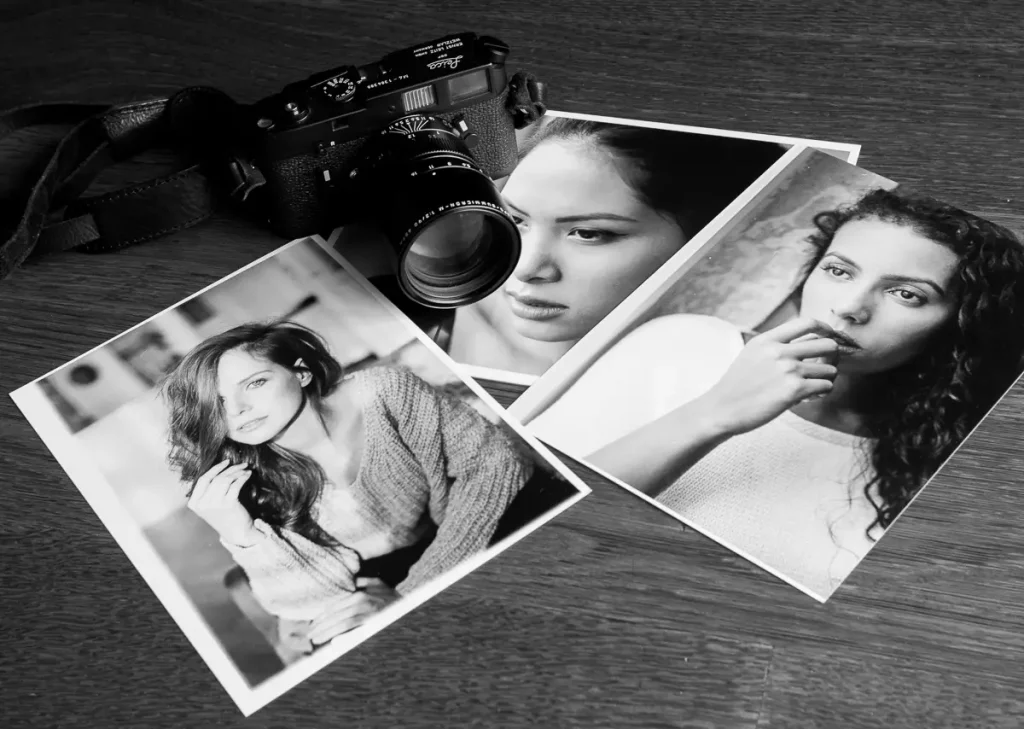
Why portraits on film?
Why not? The short version of the answer is just because I like it. It’s nothing to do with the old digital vs. analogue discussion, it’s more just about what makes me feel better as a photographer. It is more or less an affair of the heart. Film has its own magic, its own aesthetic. In some light situations with strong contrasts, film is more forgiving. Furthermore, and this is very important for me, I do not need to spend a lot of time post-processing the images on the computer to I get a b/w photo I like. After scanning, I just control the contrast, shadows and lights and the work is done.
Of course, there are some pitfalls, the worst-case scenario is that I ruin a film during the developing process (which happened to me once, what a bad day). It takes longer until I have the final results too.
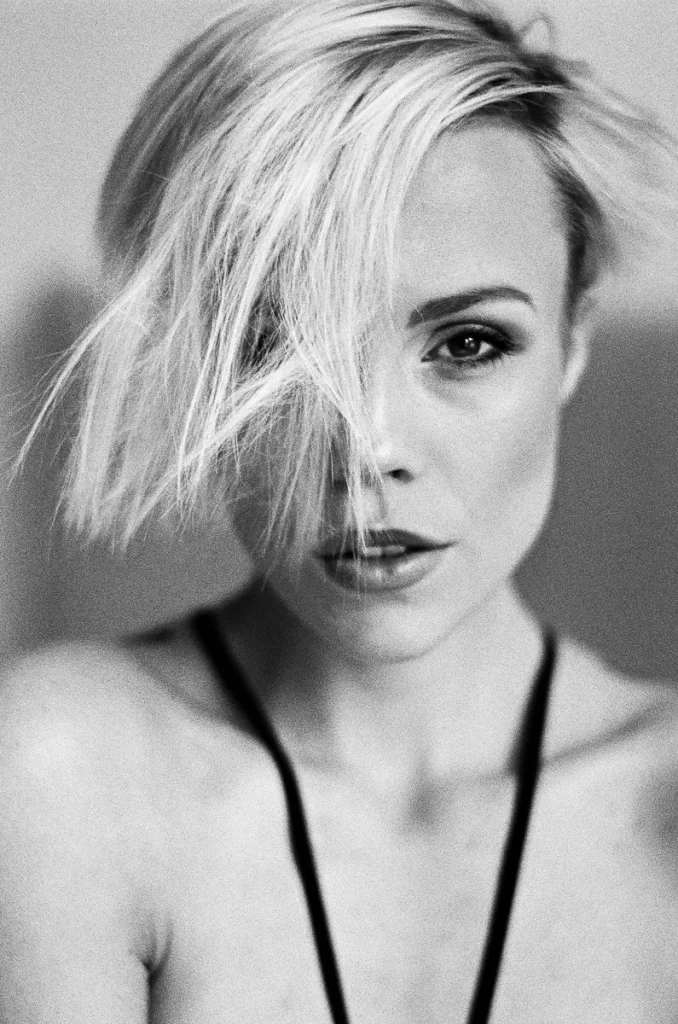
I find the whole shooting process to be different. I cannot control or improve my results as I shoot. The model gets a mood board before the shooting begins to them to be prepared for the desired style as well as possible. Before we start, we talk about the lighting situation, clothing, poses, examples. I then choose the right film, meter the light, choose the lens (mostly 50 or 90mm), and then we start.
One of the big advantages of the M mount cameras is the viewfinder. It’s so clear and bright – it’s almost three-dimensional. It’s contrasty also in low light environment too. All this provides a great view which I like more than that from an SLR.
I then press the shutter. There’s no way to look at the monitor, no need for the model to hurry from one pose into another. After a little while, it’s a very relaxing way to shoot. There’s no machine gun shooting at 100 photos a minute. After a three hour shoot, I just have three or four rolls of film. That’s enough for me, and gives me just the same amount of keepers as I’d get from shooting digital.
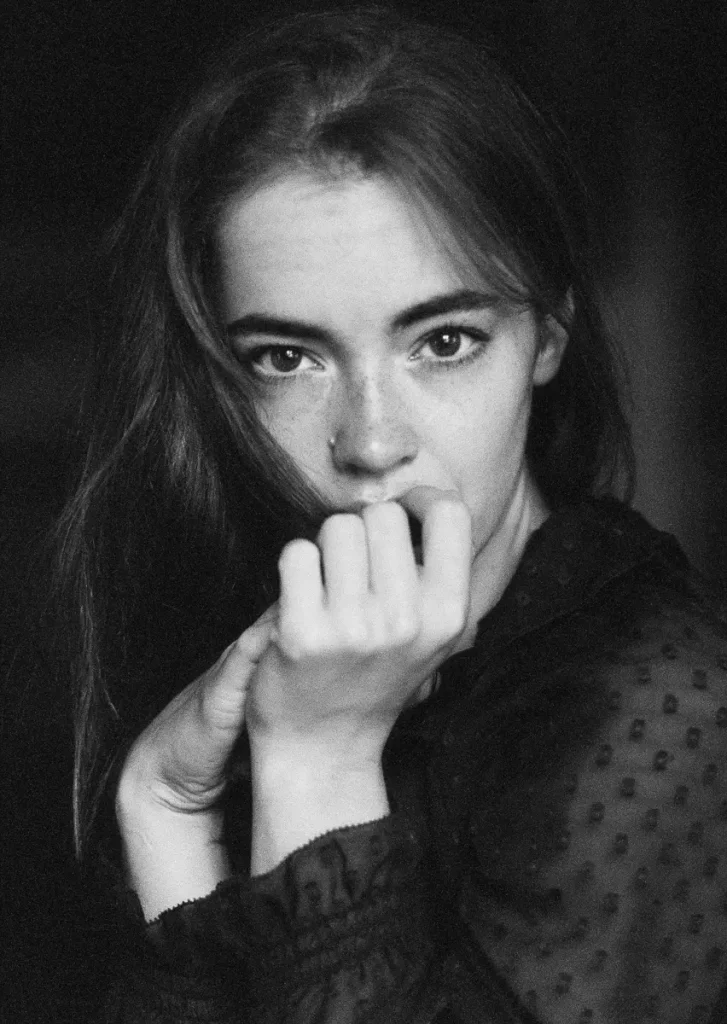
The bad thing is I can’t really know my results. I can’t fully control sharpness, background, composition or the pose as I could with digital. The time until I have my negatives in my hand is very thrilling and, of course, there are situations where I missed a good shot because of something I did not properly control.
One time my lens was out of focus after a heavy fall and I didn’t notice, most of my photos were out of focus too. Life can be hard. But the moment when the negatives are good is very special not to mention from the moment when I first have a print in my hands.
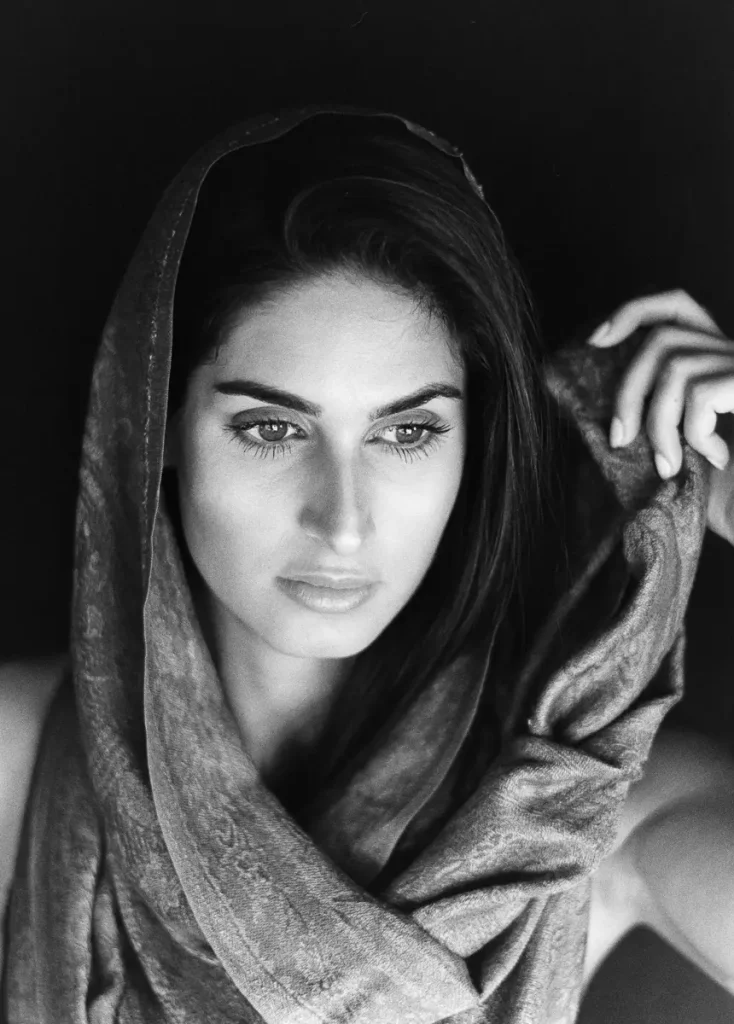
In low light situations or with a flashlight (which is very seldom, I prefer daylight) I also have my digital camera as a backup. If I push my film too much in low light situations, I’m not always happy with the result. But when comparing the results in almost all situation, I am more drawn to the analog results, though this may also be because I appreciate more the whole process more.
I know some might accuse me of giving too much weight to the process and insist that the results are a lot more important. Some will probably suggest that if I don’t want so much control, I should just turn off the monitor. Of course, this is absolutely true. But photography is my hobby and not my living. I don’t have the pressure that every shot be perfect, so I just like to have fun and enjoy what I do in the way I personally enjoy it the most.
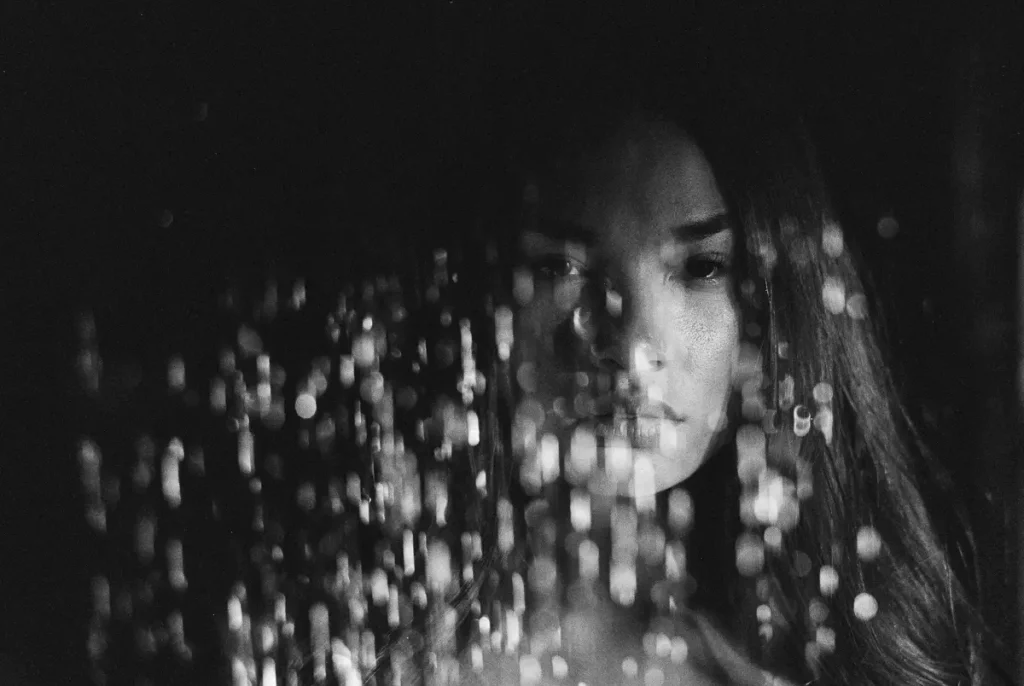
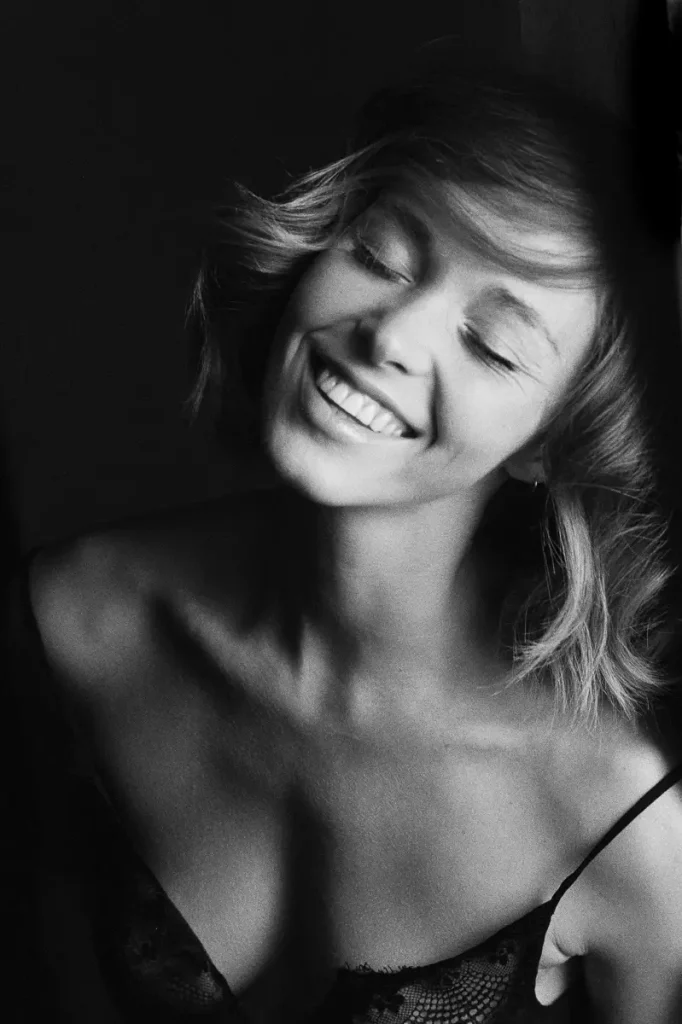
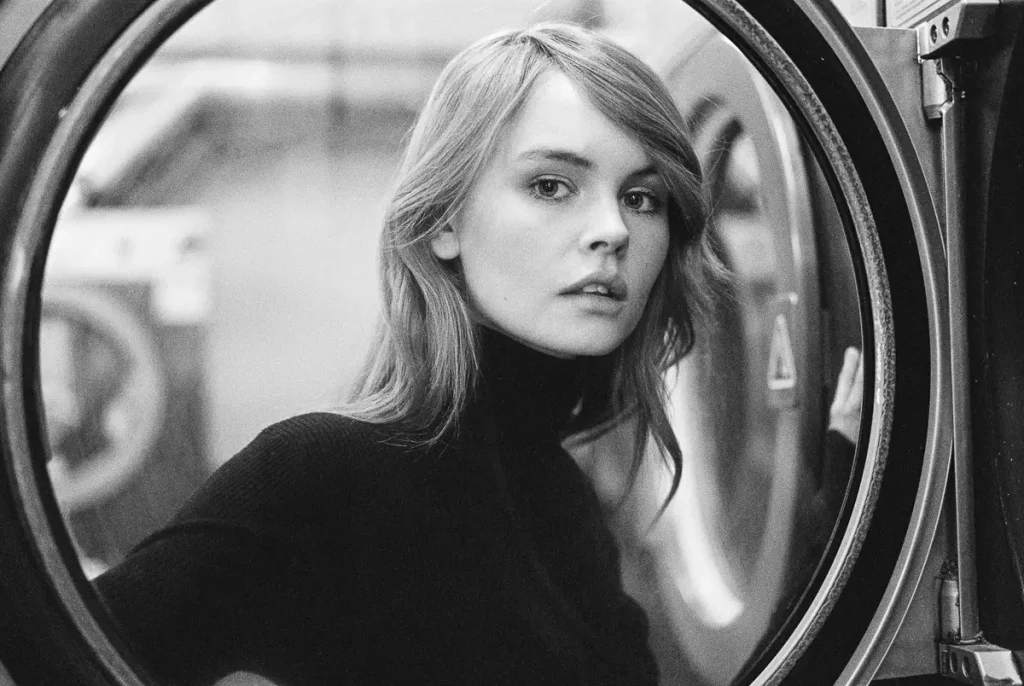
With all of this said, there is no strict ‘only analog’ one way street for me and my kind of photography. For my next shoot, I will be trying something new. I will still be shooting with the M4 for film, but I will also be shooting digitally with a Leica M-D 262. It will be very interesting to use this special digital camera without a screen. I am very curious to see whether the M-D also gives some of the film feelings I enjoy. I can’t wait to start…
You can check out more of my work on https://www.instagram.com/wick_marc/
Share this post:
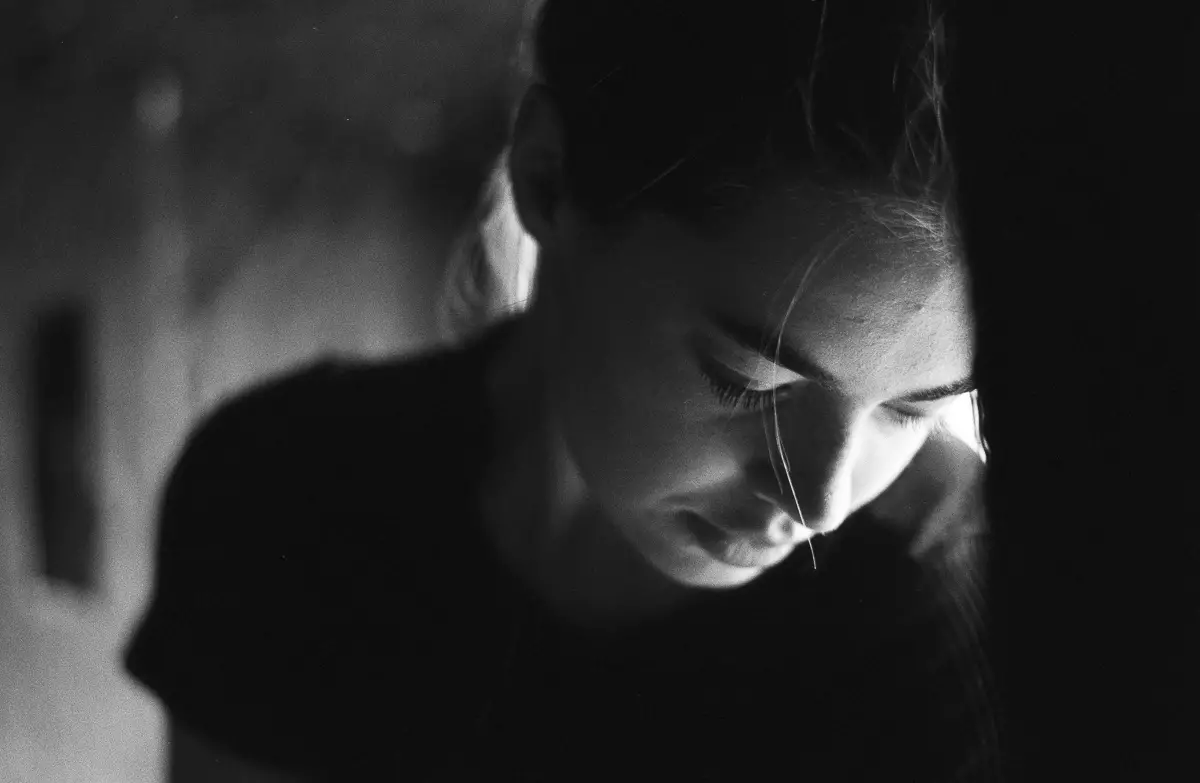








Comments
uncle Tang on Analogue Portrait Photography with Leica M rangefinder Cameras – by Marc Wick
Comment posted: 21/04/2020
Comment posted: 21/04/2020
thorsten wulff on Analogue Portrait Photography with Leica M rangefinder Cameras – by Marc Wick
Comment posted: 21/04/2020
Comment posted: 21/04/2020
Comment posted: 21/04/2020
Comment posted: 21/04/2020
Jens on Analogue Portrait Photography with Leica M rangefinder Cameras – by Marc Wick
Comment posted: 21/04/2020
Comment posted: 21/04/2020
jenquest on Analogue Portrait Photography with Leica M rangefinder Cameras – by Marc Wick
Comment posted: 21/04/2020
And they'd be horribly wrong. It's totally up to you.
Fab. work.
Comment posted: 21/04/2020
Fer on Analogue Portrait Photography with Leica M rangefinder Cameras – by Marc Wick
Comment posted: 21/04/2020
Comment posted: 21/04/2020
Adam Laws on Analogue Portrait Photography with Leica M rangefinder Cameras – by Marc Wick
Comment posted: 21/04/2020
Comment posted: 21/04/2020
VINICIUS QUAGLIA on Analogue Portrait Photography with Leica M rangefinder Cameras – by Marc Wick
Comment posted: 21/04/2020
Comment posted: 21/04/2020
Ken Burg on Analogue Portrait Photography with Leica M rangefinder Cameras – by Marc Wick
Comment posted: 21/04/2020
Comment posted: 21/04/2020
Ken Bryson on Analogue Portrait Photography with Leica M rangefinder Cameras – by Marc Wick
Comment posted: 21/04/2020
Ken Bryson on Analogue Portrait Photography with Leica M rangefinder Cameras – by Marc Wick
Comment posted: 21/04/2020
Thanks!
Comment posted: 21/04/2020
Comment posted: 21/04/2020
Comment posted: 21/04/2020
eric on Analogue Portrait Photography with Leica M rangefinder Cameras – by Marc Wick
Comment posted: 21/04/2020
Thanks for this time of pleasure.
Comment posted: 21/04/2020
Marcel Zyskind on Analogue Portrait Photography with Leica M rangefinder Cameras – by Marc Wick
Comment posted: 22/04/2020
Marc Wick on Analogue Portrait Photography with Leica M rangefinder Cameras – by Marc Wick
Comment posted: 22/04/2020
BobsBlips on Analogue Portrait Photography with Leica M rangefinder Cameras – by Marc Wick
Comment posted: 22/04/2020
I’ve a load of film cameras including an M3 and M6 but there’s something about the M3 that does it for me. No wonder it’s arguably the most iconic camera of all time.
Keep up the good work!
alex on Analogue Portrait Photography with Leica M rangefinder Cameras – by Marc Wick
Comment posted: 22/04/2020
Surprising how good the 50 apo is on film though!
Comment posted: 22/04/2020
Comment posted: 22/04/2020
Comment posted: 22/04/2020
Reuben Zuazua on Analogue Portrait Photography with Leica M rangefinder Cameras – by Marc Wick
Comment posted: 22/04/2020
Comment posted: 22/04/2020
Gary on Analogue Portrait Photography with Leica M rangefinder Cameras – by Marc Wick
Comment posted: 24/04/2020
Comment posted: 24/04/2020
James Kuo on Analogue Portrait Photography with Leica M rangefinder Cameras – by Marc Wick
Comment posted: 10/05/2020
Comment posted: 10/05/2020
Jenae on Analogue Portrait Photography with Leica M rangefinder Cameras – by Marc Wick
Comment posted: 20/09/2020
Comment posted: 20/09/2020